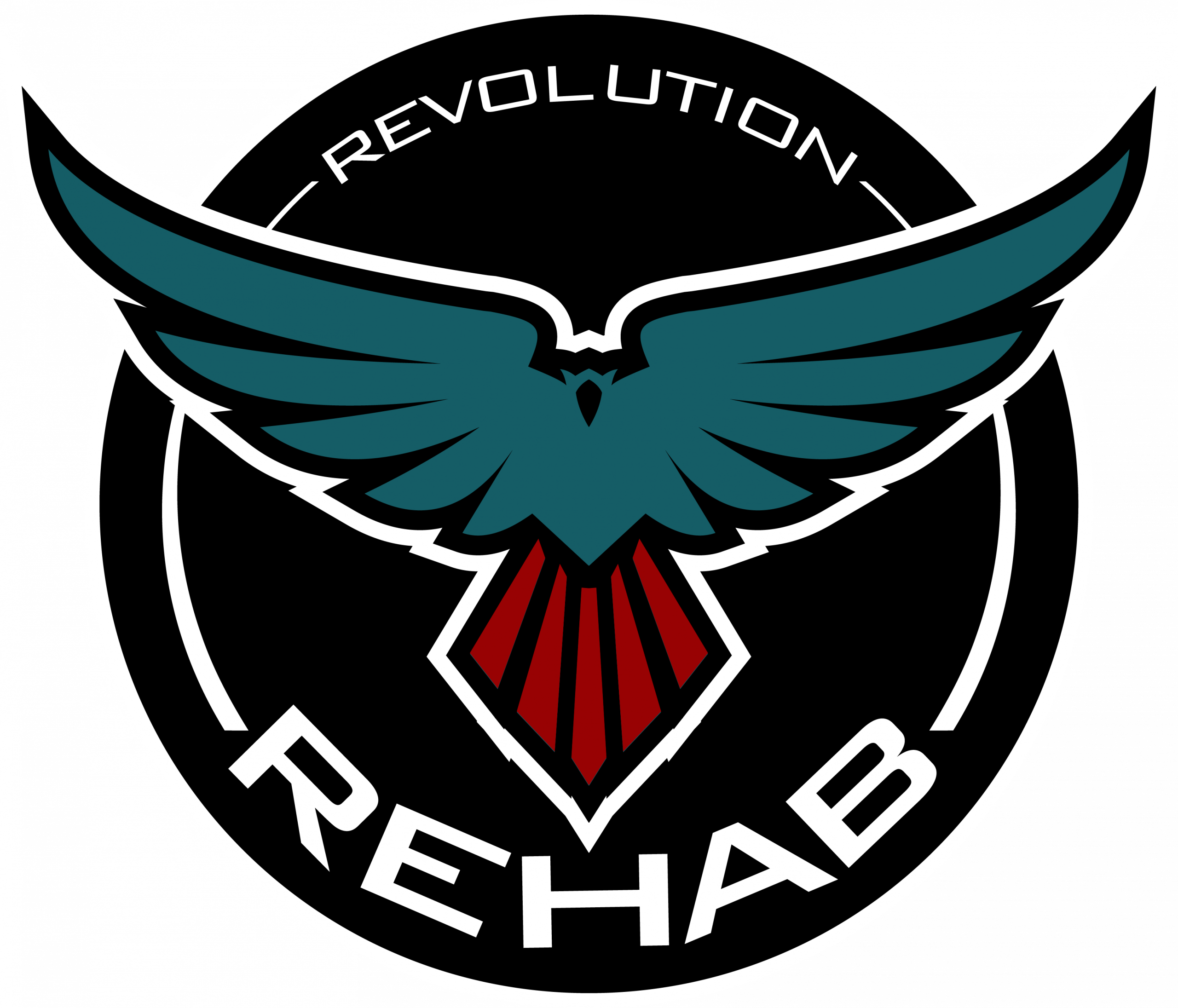When we think of trauma, we often picture emotional scars. But as Dr. Bessel van der Kolk explains in The Body Keeps the Score, trauma doesn’t just live in the mind—it settles deep into the body. Muscles tighten, breathing changes, and the nervous system stays on high alert. Pair this with modern neuroscience, and we begin to understand why chronic pain and emotional trauma are so deeply intertwined.
🧠 What the Science Says
Trauma rewires the brain. The amygdala—the part responsible for detecting danger—becomes hyperactive, while the prefrontal cortex struggles to regulate it. This imbalance floods the body with stress hormones, keeping it in a constant state of fight-or-flight.
Recent neuroscience confirms that pain is not just physical—it’s emotional. Studies show that pain signals travel through brain regions responsible for fear and memory, meaning trauma survivors may feel pain more intensely, even without a clear injury.
🔄 When Emotional Trauma Becomes Physical Pain
- Chronic muscle tension and joint pain
- Fatigue, digestive issues, and autoimmune flare-ups
- Numbness or disconnection from the body
- Heightened sensitivity to touch, sound, or movement
These symptoms aren’t imagined—they’re the body’s way of remembering what the mind tries to forget.
💪 How Physical Therapy Supports Recovery
Physical therapy isn’t just about rehab—it’s about reconnection. Here’s how PT fits into the healing cycle:
1. Restoring Body Awareness
Gentle movement, balance work, and hands-on techniques like myofascial release help clients reconnect with their bodies. This builds trust between body and brain, reducing fear and dissociation.
2. Regulating the Nervous System
Breathwork, rhythmic movement, and safe touch activate the parasympathetic nervous system (rest-and-digest). This helps calm the body’s alarm signals and restore a sense of safety.
3. Empowering Through Movement
Trauma often robs people of control. PT gives it back. Whether it’s improving posture, reducing pain, or mastering a new skill, movement becomes a form of self-expression and resilience.
🌱 Moving Forward
Healing from trauma isn’t linear, and it’s never one-size-fits-all. But when we honor the body’s role in recovery, we unlock new pathways to relief, empowerment, and lasting change. Physical therapy can be a safe, structured, and compassionate part of that journey.
💬 Ready to reconnect with your body?
Revolution Rehab brings care to your doorstep.
Whether you’re healing from trauma, managing chronic pain, or simply looking to move better—we meet you where you are, with empathy, expertise, and a plan that fits your life.
📚 References
van der Kolk, B. (2014). The Body Keeps the Score: Brain, Mind, and Body in the Healing of Trauma. Viking.
Salk Institute. (2025). Emotional pain circuit discovered linking thalamus to amygdala. Neuroscience News. https://neurosciencenews.com/brain-pain-emotion-29427/
IP Trauma Foundation. (2023). How trauma affects the body and nervous system. Psychotraumatology Resource. https://iptrauma.org/docs/body-of-knowledge-of-psychotraumatology
Achieving Stars Therapy. (2022). The role of physical therapy in PTSD recovery. https://www.achievingstarstherapy.com/blog/the-role-of-physical-therapy-in-post-traumatic-stress-disorder-ptsd-recovery
